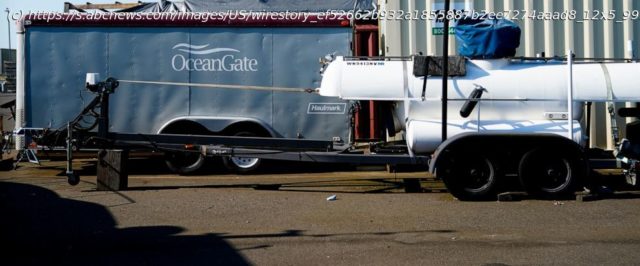The five passengers on the fatal submersible trip to the Titanic wreckage site were likely asked to sign liability waivers
Before they boarded the submersible that imploded near the Titanic wreck, the passengers who died this week were most likely asked to sign liability waivers.
One of the waivers, signed by a person who planned to go on an OceanGate expedition, required passengers to acknowledge risks involved with the trip on the Titan vessel and any support vessels. The waiver, which was reviewed by The Associated Press, said that passengers could experience “severe injury, disability, disability, emotional trauma, other harm, and/or death“ while on board the Titan, according to the waiver.
Passengers also waive the right to take action for “personal injury, property damage or any other loss” that they experience on the trip.
The form also makes it clear that the vessel is experimental and “constructed of materials that have not been widely used for manned submersibles.”
The waiver could play an outsized role as families of those who died consider their legal options. Legal experts said that what the investigation into the disaster uncovers will determine much about the case, including what caused the vessel to implode.
WHAT IS A LIABILITY WAIVER?
Sometimes referred to as a release form, liability waivers are typical before doing recreational activities that carry some measure of risk, like sky diving or scuba diving. By signing the document, passengers generally accept the risk and dangers related to the activity and if they are injured, absolve the company’s owner of liability.
Matthew Shaffer, a trial lawyer with the maritime personal injury law firm Schechter, Shaffer& Harris, said the forms are commonplace before doing any kind of “ultra-hazardous recreational activity.






